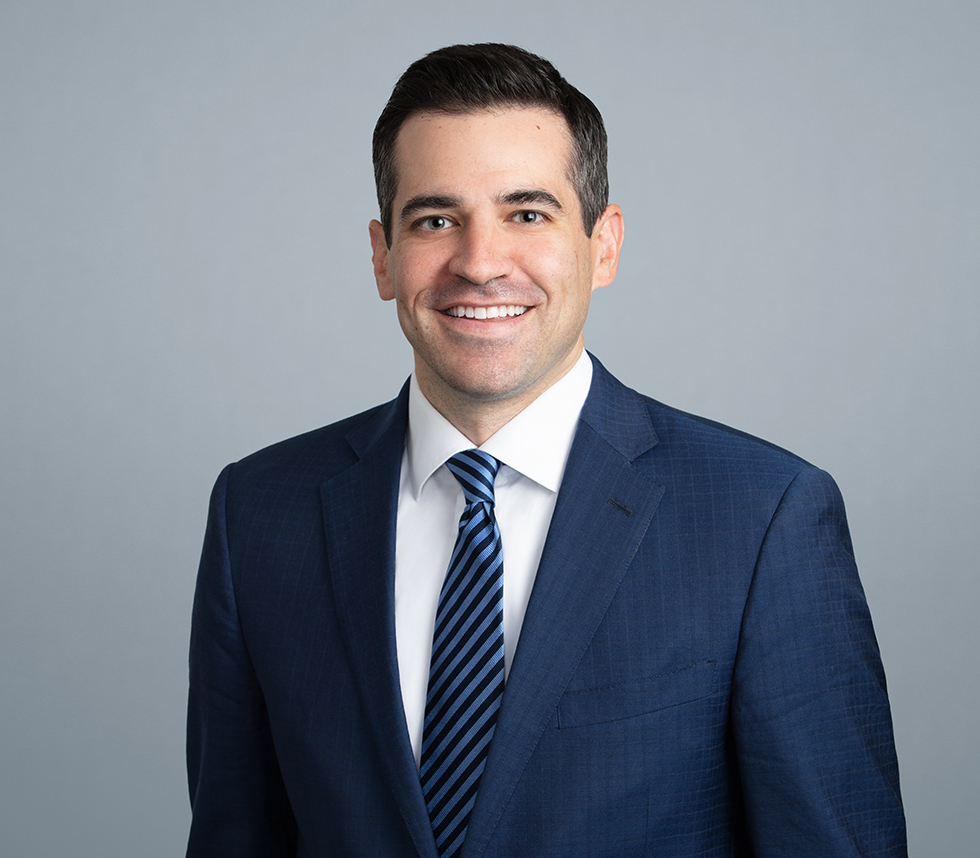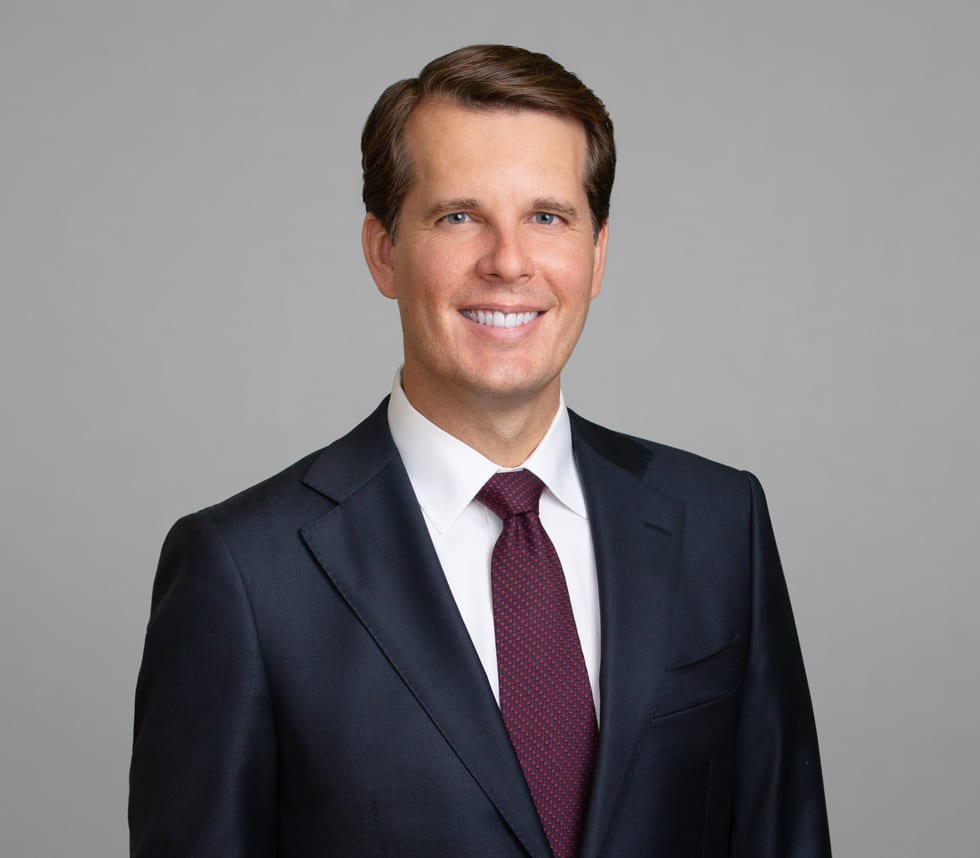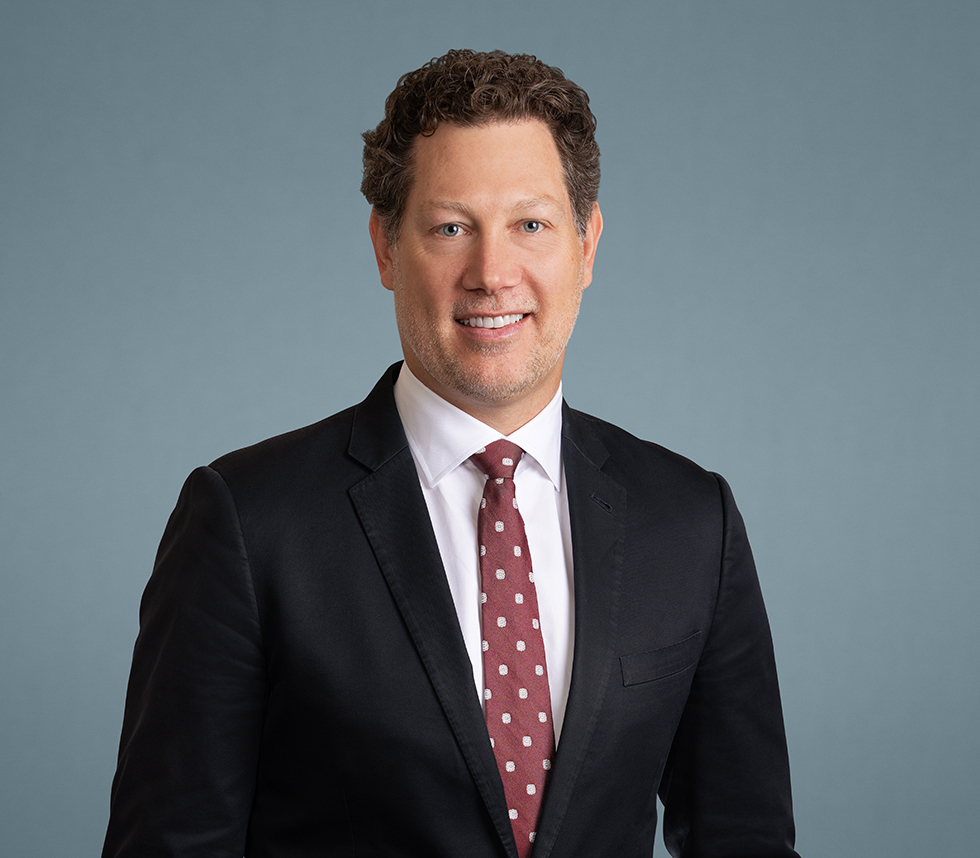
Observations on What Drives Attrition in Big Law (Part 2)
In Part One of this three-part series on the power of retention, we discussed the costs of employee turnover. As we showed in that post, the data on retention is clear—organizational churn negatively impacts employee productivity, morale, culture, and client service, to say nothing about the bottom line. Many companies succeed because they get good people and keep them. This is true in the market for legal services as well.
Despite the clear power of retention, large law firms do not generally retain a large portion of their new attorneys.
Why is that? Is it because the recruiting classes at AmLaw 100 law firms contain large numbers of low-performing attorneys? Is there something different about the nature of complex litigation that makes heavy attrition unavoidable?
We think the answers to the above are “no” and “no.” Many talented people who leave Big Law want an engaging private practice but make the choice to leave for other reasons. This is consistent with surveys suggesting that retention is not all about compensation—culture and work opportunities matter even more than financial incentives.
So why do so many attorneys leave Big Law? Most of our attorneys practiced at large, sophisticated law firms before joining Hilgers Graben. Drawing on our own experience, as well as feedback from interviews and conversations with colleagues, we have identified four common reasons for leaving Big Law.
- Turnover is a feature of the Big Law financial model, not a bug. The ultimate objective at big law firms is making equity partner in order to share in the outsized profits of a major legal institution. One of the key metrics in retaining and attracting lateral partners—i.e., partners with significant books of business—is “profits per partner.” The higher the PPP number, which is published in leading publications like The American Lawyer in their annual Top 200 lists, the more attractive the firm is to lateral partners. Yet one sure way to lower the profits per partner number is by letting too many new lawyers into equity partnership. Consequently, the attrition of attorneys actually helps big law firms maintain a high “PPP” number. This erodes retention incentives.
- High billable rates at big law firms make it difficult to build business. Big law firms generally have very high billable rates, with attorneys frequently billing in excess of $1,000 per hour. One consequence of high rates is that they choke off the next generation of business developers from building their book of business. Unless someone’s mom or uncle is the general counsel at a Fortune 500 company, it can be incredibly difficult to generate work at $1,000+ per hour as an 8 – 14 year lawyer. At the same time, the most sought-after lawyers in Big Law, who tend to have the most job security and financial opportunities, are those who have significant client originations. Younger lawyers look to their future and see that their best chance—and in some cases, their only realistic chance—at developing their business is by working somewhere else.
- Billable hour requirements set an unsustainable pace. Economic and cultural factors both contribute to the unsustainable pace of Big Law. To keep revenues and profits high, annual billable requirements are high. Young attorneys in particular often bill north of 2,000 hours per year. Occasionally that number will draw close to 3,000 hours per year! Such billable hour requirements are sometimes necessary depending on workload. And, especially for young lawyers, there is at least a sense that billing this high number of hours early in one’s career provides a helpful developmental crucible akin to a medical residency. But it is one thing to have a year or three at such a demanding pace, and another to maintain that same pace throughout an entire career. Many attorneys feel that there is no stopping the Big Law treadmill. Even sticking it out eight to ten years to achieve the great prize of Big Law—equity partnership—often leads to more work, not less. While many attorneys want a satisfying career in private practice, they increasingly turn away from the standard path laid out for them.
- Large law firms are often governed by inflexible rules and internal politics. Large companies and law firms often have sets of rules that work generally but create a structure that is too inflexible for individual circumstances. One example is working from a home office. Post-COVID, many law firms are requiring or pushing more attorneys to be back in the office. While the cultural benefits and training opportunities of being in the office are important, attorneys who might work well autonomously, face a lengthy commute, and/or have young children at home, may question the wisdom of being forced back into the office unnecessarily. At the same time, the stories about law firm internal politics are legion—not party or national politics, but the internal political machinations that often take place inside Big Law. These political issues—which partner favors which associate, how to maneuver to win the political games needed to be voted an equity partner—often do not bear directly on merit. Many people are voting with their feet for opportunities with less exhausting internal dynamics.
These are just four reasons that we frequently hear about, although there are many more, including lack of training, personal attention, or development.
At Hilgers Graben, we think there is a better way. In the final installment of this three-part series, we will discuss the ways that Hilgers Graben flips the script, focusing on retention and opportunity to build a successful and innovative law firm. Stay tuned!




















